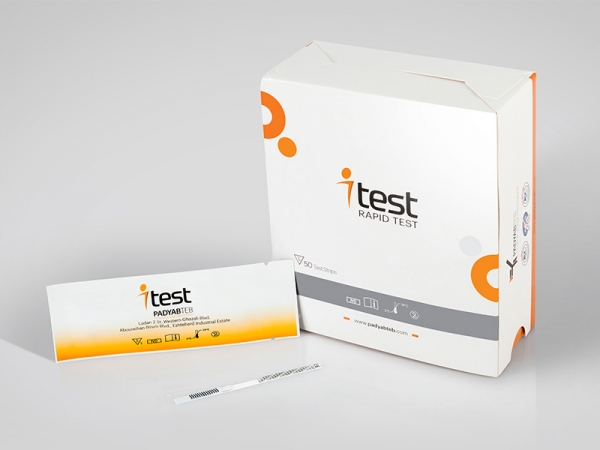| Name | Amphetamine Urine Rapid Test (Strip/cassette) |
| Category Name | Drug Tests |
| Test | 25 or 50 tests |
| Cut-Off | 500 ng/ml |
The AMP Rapid Test (Urine) is a rapid chromatographic immunoassay for the detection of Amphetamine in human urine at a cut-off concentration of 500 ng/mL.
Materials Provided with AMP drug Rapid Test kit:
1. AMP Test Device
The test contains mouse monoclonal anti-Amphetamine antibody-coupled particles and Amphetamine-protein conjugate. A goat antibody is employed in the control line system.
2. Instructions for use
Materials required, not Provided:
1. Urine collection container
2. Timer or clock
AMP Rapid Test kit Background Information
Amphetamine is a substance available by prescription (Dexedrine®) and is also available on the illicit market. Amphetamines are a class of potent sympathomimetic agents with therapeutic applications. They are chemically related to the human body’s natural catecholamines: epinephrine and norepinephrine. Acute higher doses lead to enhanced stimulation of the central nervous system and induce euphoria, alertness, reduced appetite, and a sense of increased energy and power. Cardiovascular responses to Amphetamines include increased blood pressure and cardiac arrhythmias. More acute responses produce anxiety, paranoia, hallucinations, and psychotic behavior. The effects of Amphetamines generally last 2-4 hours following use, and the drug has a half-life of 4-24 hours in the body. About 30% of Amphetamines are excreted in the urine in unchanged form, with the remainder as hydroxylated and deaminated derivatives.
AMP drug Rapid Test Principle
The AMP Rapid Test (Urine) is a rapid chromatographic immunoassay based on the principle of competitive binding. Drugs which may be present in the urine specimen compete against the drug conjugate for binding sites on the antibody. During testing, a urine specimen migrates upward by capillary action. Amphetamine, if present in the urine specimen below 500 ng/mL, will not saturate the binding sites of the antibody coated particles in the test. The antibody coated particles will then be captured by immobilized Amphetamine conjugate and a visible colored line will show up in the test line region. The colored line will not form in the test line region if the Amphetamine level exceeds 500 ng/mL because it will saturate all the binding sites of anti-Amphetamine antibodies.
A drug-positive urine specimen will not generate a colored line in the test line region, while a drug-negative urine specimen or a specimen containing a drug concentration less than the cut -off will generate a line in the test line region. To serve as a procedural control, a colored line will always appear at the control line region indicating that proper volume of specimen has been added and membrane wicking has occurred.



